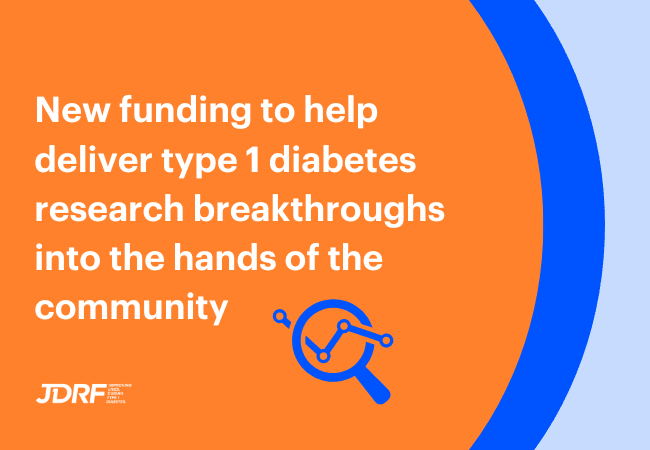When your teen is dishonest about their diabetes care

Teens who live with T1D can sometimes be dishonest about their numbers or their boluses – and they know how to manipulate their blood glucose monitors, too.
But they don’t do it to be bad. They do it to try to protect you. They don’t want you to worry.
Read on to learn how to help manage this challenging behaviour, and how to strengthen your relationship with your child.
Why (and how) your teen may be dishonest about their T1D care
Why wouldn’t your teen just be honest with you? Well, let’s say they decide they don’t want to check their blood sugar one morning. (They might be running late, they might be distracted by something else, or just might want a ‘holiday’ from their diabetes care.) Instead of leaving a blank, they could make up a number for their log book or manually enter one into their pump.
The same goes with boluses for teens who use pumps. They might forget to bolus or choose not to, and then claim the site was bad or the insulin was at an unsafe temperature.
Here are some tips to watch for if you suspect that your teen is being dishonest:
- ‘Lost’ glucose monitors: Teens who may have skipped checking will simply hide a monitor. Often this might happen just before a medical appointment.
- Frequent claims of needing an injection site change: If you notice lots of blood sugar highs being blamed on site changes, watch carefully.
- Numbers that appear too good to be true: Also be wary of numbers that are too consistent, or numbers that don’t match up with the A1c.
What to do if your teen is lying or omitting info about their T1D care
For the sake of your child, set aside your own hurt or shock and work to find a solution.
Let your teen know that you know things aren’t as they’ve told you. Tell them you’re not angry, but that you want to help understand why they did it.
Some teens may not be able to see that the only people they hurt by lying are themselves. Make an appointment with their preferred diabetes health professional and let them go alone to speak to this person.
In the meantime, visibly watch your teen test their blood, see a number and then inject insulin at least one time every single day. If you see that happen, you’ll at least know your teen has enough available insulin to ward off diabetic ketoacidosis (DKA).
Keeping communication open
What if your teen just simply cannot talk to you about diabetes or be honest with you? It’s then time to let someone else help out. There are a lot of places teens can find to vent and talk about their diabetes and as long as they are talking to someone responsible and caring, it’s better than not talking at all. Consider the following ideas.
Chatting with an older friend or relative with T1D
Encourage relationships with people who have been through it all before. Having someone who ‘gets it’ can be key to keeping healthy and staying positive.
Making contact with a local diabetes service
JDRF coordinates a national peer support network for both young adults and parents. You can also download a free copy of Straight to the Point , a T1D guide that contains lots of information for teens and young adults aged 16 years and older.
Some Diabetes Australia offices run camps for teens with T1D, which can be a safe and fun way to meet others.
Seeing a counsellor
Having a relationship with someone who listens without judgement can be very helpful for both you and your child. If your teen doesn’t want a face-to-face visit or it is difficult to access mental health care, there are online services available. Check out the NDSS website for details.
If your teen is on social media, they might like to join the JDRF T1D Connect closed Facebook group. Only accessible to teens and young adults aged 14 to 24 who live with T1D, this closed group is moderated by JDRF Peer Support mentors and staff to ensure that shared information and discussion is safe.
This article is from Teen Toolkit, your guide to raising a teenager with type 1 diabetes. Download your free copy here.





